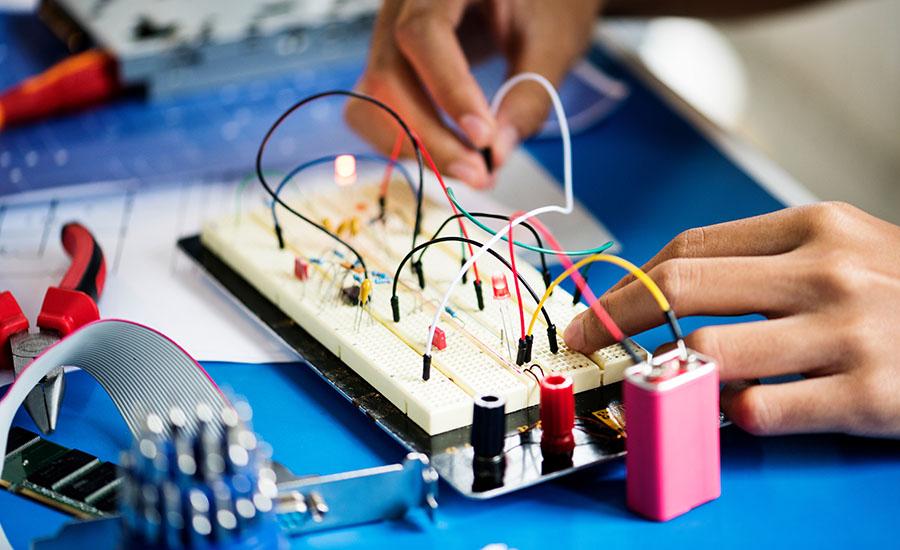
“Don’t Lose the Light”- a Hands-on Approach to Exponential Decay
by Karen Larsen
This hands-on lesson helps students understand exponential functions by using an LED circuit. LED luminosity decreases at an exponential rate as more are added in series.
As students add more lights to the circuit, they will see the brightness of the lights dim and by measuring luminosity with a simple cell phone app, the students can actually chart the decrease in luminosity and find a trend line.
Lesson Plan Link/URL
https://docs.google.com/presentation/d/1-Nl3KyBQN4GFVK0uHkkhL3b9Q1fgGm9z/edit?u…Subject Area
Science Physical Science P4: Energy Transfer Technology 4. Innovative Designer Engineering S2: Apply the Engineering Design Process S3: Apply Mathematics to Engineering S4: Apply Science to Engineering S5: Apply Technology to Engineering Mathematics Measurement and Data (MD) Algebra (A) Reasoning with Functions and Relations (RFR)
Featured
Off
Related Content

Grades:
4th Grade, 6th Grade, 7th Grade, 8th Grade
In this engaging two part project, we will delve into the world of circuits, 3D modeling using Tinkercad, and hands-on fabrication. By designing and creating your own LED card and pendant, you will

Grades:
5th Grade, 6th Grade
This is a lesson plan made to target the fifith grade standard on how noncontact forces impact one another. It can be adapted to grades 5-12. Students will explore magnetism and polarization, research

Grades:
Kindergarten, 1st Grade, 2nd Grade, 3rd Grade, 4th Grade, 5th Grade, 6th Grade, 7th Grade, 8th Grade
Most students are likely familiar with popular films like Happy Feet, Surf’s Up, Penguins of Madagascar, and classic books like Mr. Popper's Penguins. Capitalizing on this familiarity with penguins